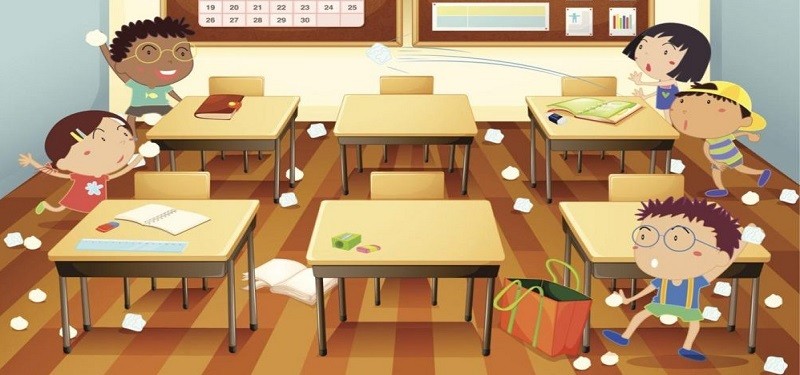Last Updated on December 3, 2019
When Time-outs don’t work, it is time for you to find another effective discipline tool. I am a firm believer that you never stop learning- even if something is your “craft” or “specialty,” there is always room for improvement. (So strange coming from an educator- huh?) Throughout my short 4.5 5 years of being a parent, I have enrolled in various parenting classes and read numerous books.
Read More – Animal Alphabet Art- Z is for Zebra
I took these classes and read these books so I could, for lack of a better term, “enhance” my parenting skills. Every class I took emphasized one aspect of discipline- Time Outs. Yes, the BIG T.O. of discipline.
The instructors of these parenting classes and books give you the guidelines, the do’s and the don’ts, but never really covered the will not be or the “doesn’t affect my child” aspect!I found time-outs to be more effective with my firstborn, although I have to say he never really learned anything from them.
I found it to be more of a break from the situation (and for me) than an actual learning experience. Now, I am not saying that time-outs NEVER work- they do, I feel it is more how your individual child handles them.
Time-outs influenced him more if he were to sit out from a group activity than if he were to just do something in the privacy of our own home where he would scream “No I don’t want to” for the entire duration of the time-out step. But, he did stay in one spot. I do have to say that I am very fortunate that neither one of my children will get up and leave from that spot once sent there!
My humble apologies and empathy go to you if you have a child that does refuse to sit;-(My daughter, now 2 years and a few months 3 years of age, thinks time-outs are funny. It is so frustrating when I put on my “Super Nanny” face, go through the time-out routine (say sternly, face to face why your child is going to sit in time-out) send her to the time-out step only to have her display a smirk that would make you cringe!
Once in time-out she sings and talks to herself. So a time-out is more of a place where she can spend some “me” time and not reflect whatsoever on the issue at large. I (stupidly) still set the timer and ignore her tactics, but I am convinced that it really just does not affect her and that she sometimes prefers to be there.
So, I called in the forces (again*). I taught preschool and subbed in on enough Kindergarten classes to know that not everyone uses time-outs all the time. What I find to be more effective at home has already been used in many elementary and early education classes for years.
The “Traffic Light” concept is a beautiful tool because it not only allows the child to physically see that they are having a “rough day,” you can also carry this system everywhere you go and use it in conjunction with a time out! I used checks, but you can use faces, x’s or whatever your heart desires.
Have your son or daughter decorate themselves by using crayons, markers, and stickers (as we have done). I found it more of a lesson if the child himself flips over the check to green- to yellow- then to red. I usually use green as a first warning and an age-appropriate time-out.
Yellow is a second warning, an age-appropriate time-out and I take something away. Red is the BIGGIE- time-out, something is taken away and early to bed. This may be too harsh for you (or not enough) but believe me, once you find your groove; I find this to nip bad behavior in the bud pretty quickly.
As I said- I am not against solo time-outs, because they do work for some, if not most children. If you are all for time-outs, great- just make sure to pick a time-out spot that is not the child’s bedroom, that is just out of reach to human civilization and is boring.
Read More – Lovable Labels Friendship Pack Review and Giveaway
I have a set of steps that I use off of my kitchen; so my children can hear everything, see a little and participate none. However, if you have a little darling like mine, or are overusing time-outs, you need a different system or you are just wasting both of your times. I provided you with a free template- but hey- get creative with your “Traffic Light” chart.
Just make sure you make it so that it is portable and laminate it so it doesn’t fail due to wear and tear. Teachers purchase pockets from teaching stores, but it is just as easy and less expensive to make one yourself. This tool became so effective in my household that all I had to say is “you want a (insert color here) check?” and the behavior stopped on a dime!

